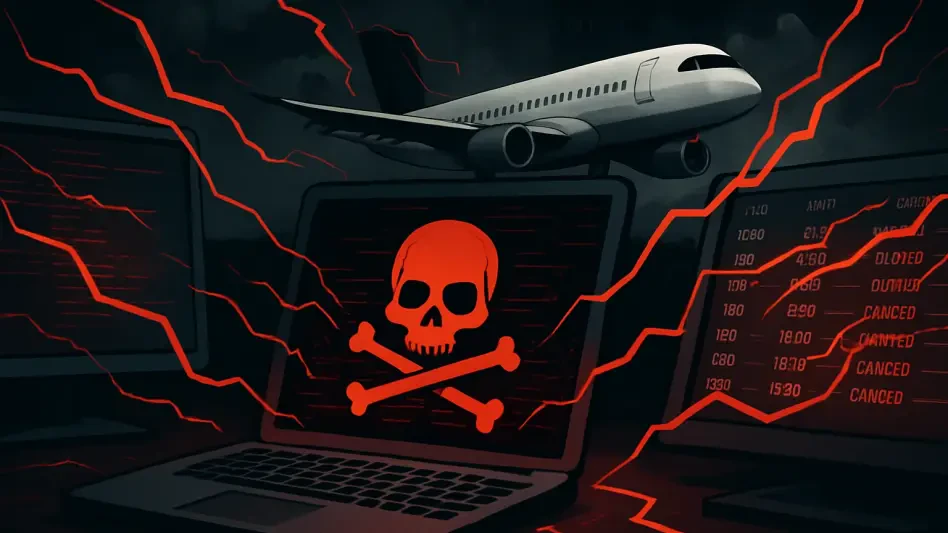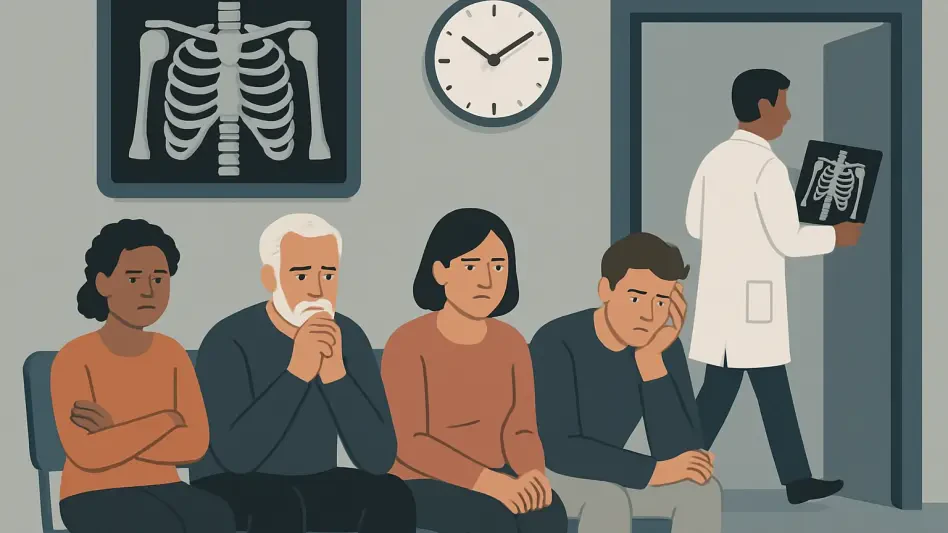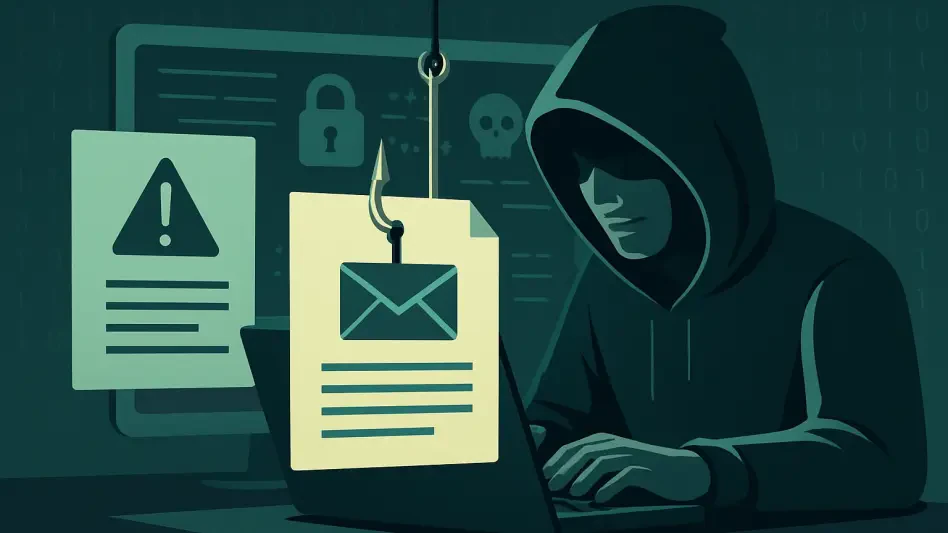The healthcare industry faced a stern reminder of the importance of safeguarding electronic personal health information (ePHI) when the Office for Civil Rights (OCR) under the U.S. Department of Health and Human Services imposed an $800,000 fine on a Florida-based healthcare provider for potential violations of the Health Insurance Portability and Accountability Act (HIPAA) Security Rule. The violations stemmed from an insider threat, where a former employee retained unauthorized access to the electronic medical record system, leading to improper access and distribution of patient data. The incident underscored that insider threats can be just as pervasive and harmful as external cyberattacks, such as ransomware, highlighting critical gaps within healthcare systems and serving as a warning for healthcare providers to fortify their data protection strategies against both internal and external threats.
Recognizing the Threat Within
Insider threats in healthcare involve individuals within an organization misusing their access to sensitive information, potentially causing significant damage without the usual warning signs associated with external threats. This recent OCR case spotlights the vulnerabilities associated with insiders, particularly when a non-clinical former employee had unchecked access to vital systems. Such insider breaches often remain undetected for extended periods, enabling considerable damage before being discovered. According to OCR’s investigation findings, the healthcare provider in question had failed to implement essential safeguards outlined in the HIPAA Security Rule, including inadequate authorization protocols, insufficient risk assessments, and a lack of regular system activity audits. Collectively, these shortcomings created a situation where unauthorized access could occur unnoticed, making the organization susceptible to breaches from those once considered trusted members of the team.
The repercussions of insider threats extend beyond just data breaches; they jeopardize patient trust, tarnish reputations, and can result in substantial financial and regulatory consequences. As healthcare providers handle vast amounts of sensitive patient information, ensuring that their systems and access controls are robust against insider misuse is imperative. This settlement demonstrates the OCR’s focus on enforcing compliance and reiterates the need for organizations to exercise vigilance in both staff oversight and cybersecurity measures to prevent misuse from within.
Impact on Health Care Providers
The enforcement action taken by OCR resonates across the healthcare industry, affecting numerous covered entities and their business associates. Healthcare providers often work in consortiums, sharing access to systems that manage patient data with other entities. This creates a complex network where the security of one organization can significantly impact another. The case emphasizes that reliance on the security measures of affiliated providers and partners must be approached with caution. Without stringent controls and continuous oversight, the risk of insider threats persists, as unauthorized individuals may exploit these partnerships to access sensitive data. The magnitude of the $800,000 fine further illustrates OCR’s stance on the seriousness of such violations. It highlights the importance of rigorous oversight of affiliated providers and business associates to ensure that all parties uphold their responsibility in safeguarding patient information.
This event serves as a wake-up call for healthcare organizations to implement comprehensive internal controls. Providers must understand that data protection extends beyond defending against external cyber threats; it requires a robust strategy for minimizing insider vulnerabilities. The case also acts as a precursor to potential future regulatory actions, stressing the necessity for healthcare entities to adhere strictly to HIPAA guidelines and ensure continuous improvement in their privacy and security measures.
Moving Forward with Precautionary Steps
To mitigate the risk of insider threats, healthcare providers are encouraged to adopt a multifaceted approach to managing and securing their systems. Conducting thorough and ongoing risk assessments is paramount in identifying and understanding where electronic PHI resides in IT environments. These assessments should analyze how data is accessed not only by internal staff but also by healthcare partners and business associates. Once this is established, role-based access controls must be implemented, ensuring that only those who require access to specific information have it. Regularly reviewing and revoking access for terminated or transferred personnel is crucial to maintaining system integrity.
Maintaining active audit logs and subjecting them to regular reviews can aid in monitoring access and identifying suspicious activities. Such proactive measures ensure timely detection and response to unauthorized behavior. Furthermore, reinforcing the workforce’s understanding and commitment to HIPAA compliance through regular, role-specific training is essential. Simultaneously, requiring healthcare partners and business associates to comply with the same standards fortifies the broader network against insider misuse. Encrypting ePHI during transit and while at rest, coupled with implementing stringent authentication measures, provides an additional layer of security against unauthorized access.
Rethinking Security and Future Considerations
Insider threats in the healthcare sector arise when individuals within the organization exploit their access to sensitive data, potentially causing significant harm without the usual signs shown by external threats. A recent OCR case highlights vulnerabilities stemming from insiders, notably when a former non-clinical employee retained unchecked access to critical systems. Such breaches frequently go unnoticed for long periods, causing significant damage before detection. The OCR found that the healthcare provider involved failed to implement critical safeguards required by the HIPAA Security Rule, including inadequate authorization protocols, poor risk assessments, and a lack of regular audits on system activities—failings that allowed unauthorized access to go unnoticed and left the organization open to threats from those once trusted. Insider threats go beyond data breaches, impacting patient trust, damaging reputations, and resulting in substantial financial and regulatory repercussions. This case underscores the importance of robust access controls and vigilant oversight to prevent internal misuse of data.








